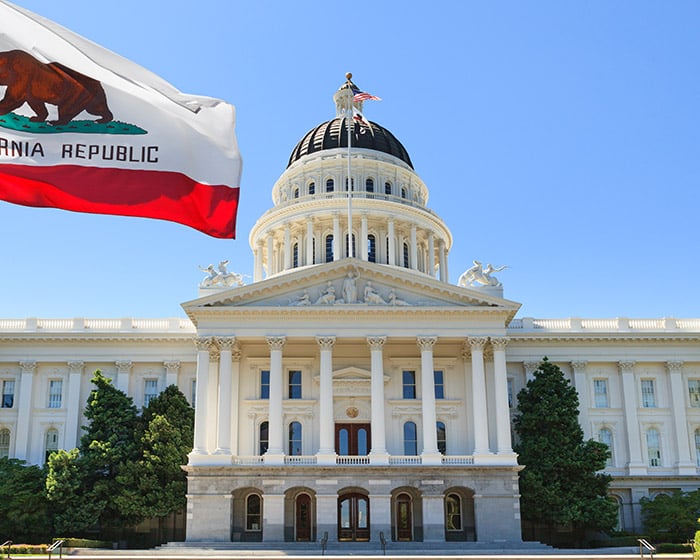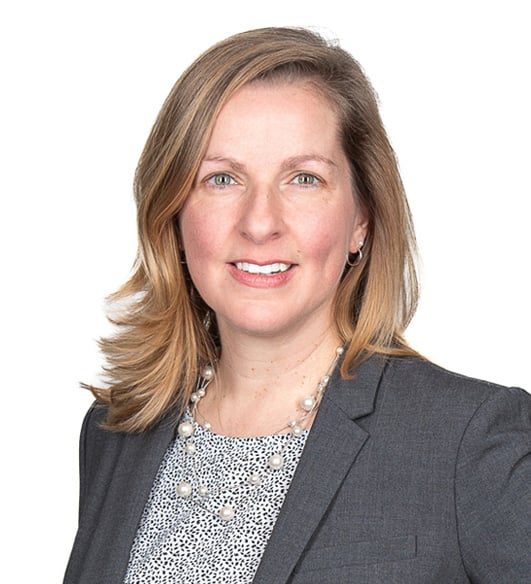Key Takeaways
- Companies with annual revenues over $500 million doing business in California must submit to CARB by 1/1/2026
- SB 261 requirements can be met with good faith efforts for Year 1 compliance
- Disclose coverage varies by sector, connect with a Climate Compliance expert to determine the best path for your company
California opens a new era in financial reporting with the passage of Senate Bill 261, a groundbreaking law that requires companies doing business in California to disclose their environmental impact and climate-related financial risks.
The good news: Year 1 reporting allows flexibility. The California Air Resources Board (CARB) has stated companies can meet requirements with good faith efforts, using existing aligned reporting for either 2023-2024 or 2024-2025, or covering the most material areas for new reporting.
Here’s what you need to know.
Who’s Covered
Companies with annual revenues over $500 million doing business in California.
Key Points:
- Biennial reports are required starting January 1, 2026.
- Disclosures must align with TCFD or IFRS S2 frameworks.
- Reports must cover:
- Governance
- Strategy
- Risk Management
- Metrics and Targets
- Companies must identify physical risks (e.g., wildfires, floods) and transition risks (e.g., regulatory changes, market shifts).
- Reports must cover:
- Non-compliance may result in fines up to $50,000 annually.
- Over 10,000 businesses will be affected.
- Non-profit entities are exempt.
What Does “Good Faith Efforts” Look Like for Year 1?
In the first year of reporting, CARB has indicated that they don’t expect the report to be perfect and cover all of TCFD’s 11 reporting topics, as long as they can explain any omissions.
Companies will have the flexibility to decide which fiscal year’s climate risk data will be used in their first report. The California Air Resources Board (CARB) has signaled a preference for using FY 2024/25 climate risk data, but 2023/24 data is in compliance as long as it is complete and ready by the January 1, 2026, deadline.Businesses without existing climate risk reporting should begin collecting FY 2024/25 data in alignment with TCFD guidelines as soon as possible.
Disclosure Expectation Across Sectors
Disclosure coverage also varies widely by sector:
- Energy, Insurance, Manufacturing: 6+ elements reported
- Pharma, Retail, Tech: 3–5 elements
- Consumer Goods, some Financials: 3 or fewer elements
“Good faith” reporting may look different depending on your industry. An energy company may be expected to go deeper than a consumer goods brand.
5 Steps to Prepare For SB 261 Compliance Now
- Assess: Identify your material climate risks
Examine your business operations and value chain at a high level to identify where climate change poses the most significant risks and where opportunities may emerge. For many companies, this includes physical risks (like extreme weather) and transition risks (such as changing regulations or customer expectations). Eide Bailly can help companies run quick assessments aligned with the four TCFD pillars: Governance, Strategy, Risk Management, and Metrics & Targets. - Collect: Pull existing governance and risk data
Gather what you already have: board or management oversight documents, emissions data and targets, enterprise risk registers, or sustainability initiatives. You don’t need perfect data in Year 1. SB 261 allows for good-faith reporting. You may already have enough, but you will have to explain any gaps. - Gap Check: Note data gaps and plan improvements
Compare your current information against TCFD or ISSB S2 requirements. Identify any missing material pieces, prepare to explain any gaps, and create a plan to fill them. - Draft: Build a short, TCFD-aligned narrative
Pull everything together into a clear, concise report. Focus on what’s material: governance, targets, and the most significant risks and opportunities. Explain any gaps and outline how you’ll fill them over time. Eide Bailly has experience tailoring reports for regulatory filings and public audiences, making sure your disclosure is both compliant and stakeholder-ready. - Submit: File by January 1, 2026, and refine for 2028
Upload your report to the California Air Resources Board (CARB) portal by January 1st, 2026, and post it on your public facing company website. The public portal will be open between December 2025 and July 2026. Use the two-year cycle to strengthen your reporting, improve data quality, and expand coverage by 2028, when penalties will be enforced. Our advisors can guide you through the submission process, from drafting the narrative to ensuring all underlying data and documentation are in compliance.
Summary
SB 261 marks a major milestone in U.S. climate disclosure. While expectations will increase over time, companies can meet the first deadline by focusing on the basics, being transparent about limitations, and building a roadmap for more complete reporting.
With less than 3 months to prepare for compliance, Eide Bailly is here to walk you through the process. Connect with our Climate Compliance professionals to start preparing now.
Make a habit of sustained success.



